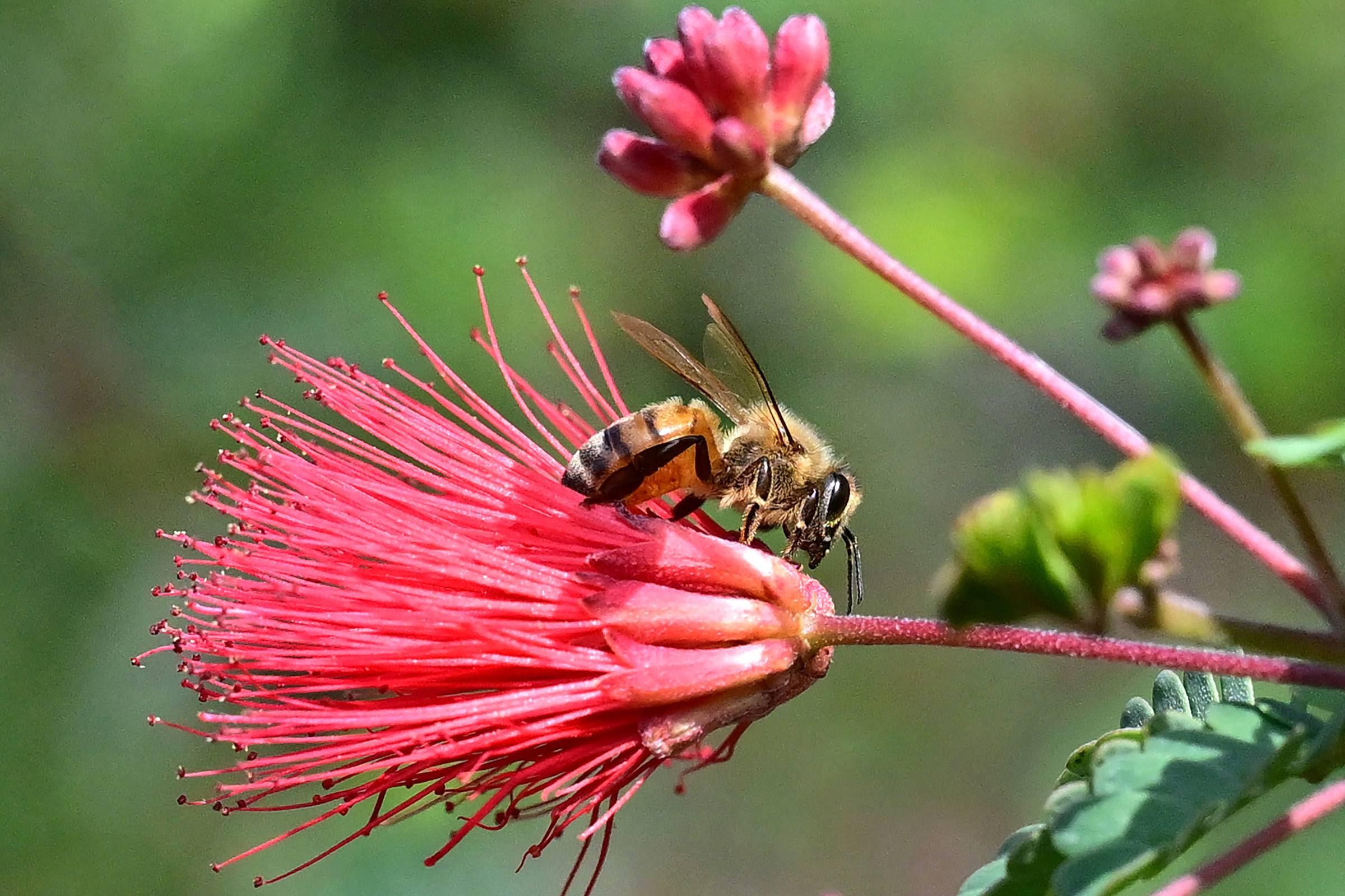Grandparents Took Her In and Helped Raise Her. Then She and Her Boyfriend Did the Unthinkable
Heidi Dutton was sentenced to life in prison for the murder of her grandparents, who she confessed to killing at the age of 17.
An Oklahoma teenager convicted of murdering her grandparents appeared in court for her sentencing.
Heidi Dutton, 19, entered a guilty plea in May to two counts of first-degree-murder, conspiracy, and two counts of desecration of a human corpse in the deaths of Deborah and Larry Dutton, who were her biological grandparents and adoptive parents.
On June 6, a Washington County Court judge sentenced Dutton to life in prison on the recommendation of the jury in the case.
That comes on the heels of Dutton's boyfriend and accomplice in the murders, Lucas Walker, being sentenced to 35 years in prison after a federal trial.
Walker's case was tried at the federal level because he is a member of the Cherokee nation.
Deputies with the Washington County Sheriff's Office did not launch an investigation into the deaths of Deborah and Larry until a month after the murders, according to a copy of the criminal complaint.
On Jan. 20, 2023, deputies responded to a welfare check at the couple's residence in Dewey, a city located approximately 130 miles southeast of Wichita.
Dutton, then 17, and Walker were at the residence when deputies arrived that day, and later left the residence in handcuffs after detectives discovered blood that had seeped under the baseboards of Deborah and Larry's bedroom.
Once in custody, both Walker and Dutton confessed to the murders, according to the complaint.
Walker told police that he hid out in Dutton's bedroom on the night of Dec. 19, 2022 after taking a .22 caliber pistol from the garage, and then lay in wait outside the door to her grandparents' bedroom once the two were asleep.
Deborah died first, according to the complaint, which says that when she "opened the door to the main bedroom, Walker shot her in the face and slit her throat."
When her husband "got out of bed and rushed him, Walker attempted to shoot Larry Dutton but the pistol jammed," according to the complaint.
Walker said that he decided to repeatedly stab Larry in the face with a knife.
Walker and Dutton then dragged the couple out on bedsheets and buried them in the backyard — an act that was captured by the home's Ring Camera — according to a copy of a search warrant request.
Two days after that welfare check the bodies of Deborah and Larry were exhumed from the backyard.
Larry Dutton, 73, was a retired Master Staff Sergeant in the U.S. Air Force and former manager of Lt. William M. Milliken Airport in Eureka, Kan, per an obituary for the couple. He "had a big heart and would give anyone the shirt off his back," one friend of his remembered in a funeral guestbook entry.
His wife Deborah was a retired Staff Sergeant in the Air Force and had also worked as a chef.
A lawyer for Dutton did not respond to a request for comment.
#Murder, #Crime, #Prison,
Heidi Dutton was sentenced to life in prison for the murder of her grandparents, who she confessed to killing at the age of 17.
An Oklahoma teenager convicted of murdering her grandparents appeared in court for her sentencing.
Heidi Dutton, 19, entered a guilty plea in May to two counts of first-degree-murder, conspiracy, and two counts of desecration of a human corpse in the deaths of Deborah and Larry Dutton, who were her biological grandparents and adoptive parents.
On June 6, a Washington County Court judge sentenced Dutton to life in prison on the recommendation of the jury in the case.
That comes on the heels of Dutton's boyfriend and accomplice in the murders, Lucas Walker, being sentenced to 35 years in prison after a federal trial.
Walker's case was tried at the federal level because he is a member of the Cherokee nation.
Deputies with the Washington County Sheriff's Office did not launch an investigation into the deaths of Deborah and Larry until a month after the murders, according to a copy of the criminal complaint.
On Jan. 20, 2023, deputies responded to a welfare check at the couple's residence in Dewey, a city located approximately 130 miles southeast of Wichita.
Dutton, then 17, and Walker were at the residence when deputies arrived that day, and later left the residence in handcuffs after detectives discovered blood that had seeped under the baseboards of Deborah and Larry's bedroom.
Once in custody, both Walker and Dutton confessed to the murders, according to the complaint.
Walker told police that he hid out in Dutton's bedroom on the night of Dec. 19, 2022 after taking a .22 caliber pistol from the garage, and then lay in wait outside the door to her grandparents' bedroom once the two were asleep.
Deborah died first, according to the complaint, which says that when she "opened the door to the main bedroom, Walker shot her in the face and slit her throat."
When her husband "got out of bed and rushed him, Walker attempted to shoot Larry Dutton but the pistol jammed," according to the complaint.
Walker said that he decided to repeatedly stab Larry in the face with a knife.
Walker and Dutton then dragged the couple out on bedsheets and buried them in the backyard — an act that was captured by the home's Ring Camera — according to a copy of a search warrant request.
Two days after that welfare check the bodies of Deborah and Larry were exhumed from the backyard.
Larry Dutton, 73, was a retired Master Staff Sergeant in the U.S. Air Force and former manager of Lt. William M. Milliken Airport in Eureka, Kan, per an obituary for the couple. He "had a big heart and would give anyone the shirt off his back," one friend of his remembered in a funeral guestbook entry.
His wife Deborah was a retired Staff Sergeant in the Air Force and had also worked as a chef.
A lawyer for Dutton did not respond to a request for comment.
#Murder, #Crime, #Prison,
Grandparents Took Her In and Helped Raise Her. Then She and Her Boyfriend Did the Unthinkable
Heidi Dutton was sentenced to life in prison for the murder of her grandparents, who she confessed to killing at the age of 17.
An Oklahoma teenager convicted of murdering her grandparents appeared in court for her sentencing.
Heidi Dutton, 19, entered a guilty plea in May to two counts of first-degree-murder, conspiracy, and two counts of desecration of a human corpse in the deaths of Deborah and Larry Dutton, who were her biological grandparents and adoptive parents.
On June 6, a Washington County Court judge sentenced Dutton to life in prison on the recommendation of the jury in the case.
That comes on the heels of Dutton's boyfriend and accomplice in the murders, Lucas Walker, being sentenced to 35 years in prison after a federal trial.
Walker's case was tried at the federal level because he is a member of the Cherokee nation.
Deputies with the Washington County Sheriff's Office did not launch an investigation into the deaths of Deborah and Larry until a month after the murders, according to a copy of the criminal complaint.
On Jan. 20, 2023, deputies responded to a welfare check at the couple's residence in Dewey, a city located approximately 130 miles southeast of Wichita.
Dutton, then 17, and Walker were at the residence when deputies arrived that day, and later left the residence in handcuffs after detectives discovered blood that had seeped under the baseboards of Deborah and Larry's bedroom.
Once in custody, both Walker and Dutton confessed to the murders, according to the complaint.
Walker told police that he hid out in Dutton's bedroom on the night of Dec. 19, 2022 after taking a .22 caliber pistol from the garage, and then lay in wait outside the door to her grandparents' bedroom once the two were asleep.
Deborah died first, according to the complaint, which says that when she "opened the door to the main bedroom, Walker shot her in the face and slit her throat."
When her husband "got out of bed and rushed him, Walker attempted to shoot Larry Dutton but the pistol jammed," according to the complaint.
Walker said that he decided to repeatedly stab Larry in the face with a knife.
Walker and Dutton then dragged the couple out on bedsheets and buried them in the backyard — an act that was captured by the home's Ring Camera — according to a copy of a search warrant request.
Two days after that welfare check the bodies of Deborah and Larry were exhumed from the backyard.
Larry Dutton, 73, was a retired Master Staff Sergeant in the U.S. Air Force and former manager of Lt. William M. Milliken Airport in Eureka, Kan, per an obituary for the couple. He "had a big heart and would give anyone the shirt off his back," one friend of his remembered in a funeral guestbook entry.
His wife Deborah was a retired Staff Sergeant in the Air Force and had also worked as a chef.
A lawyer for Dutton did not respond to a request for comment.
#Murder, #Crime, #Prison,










